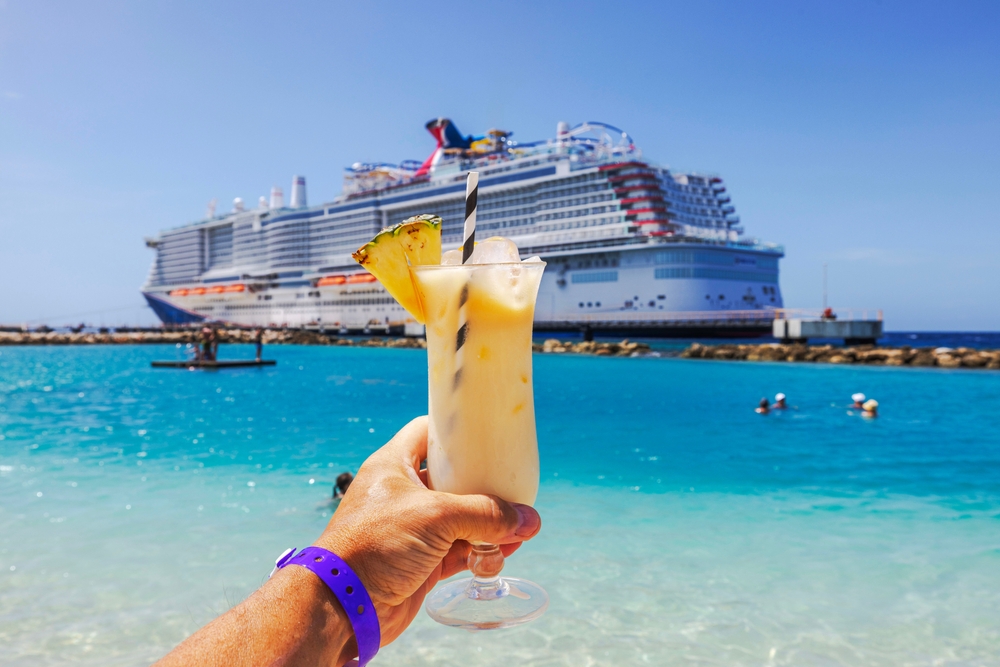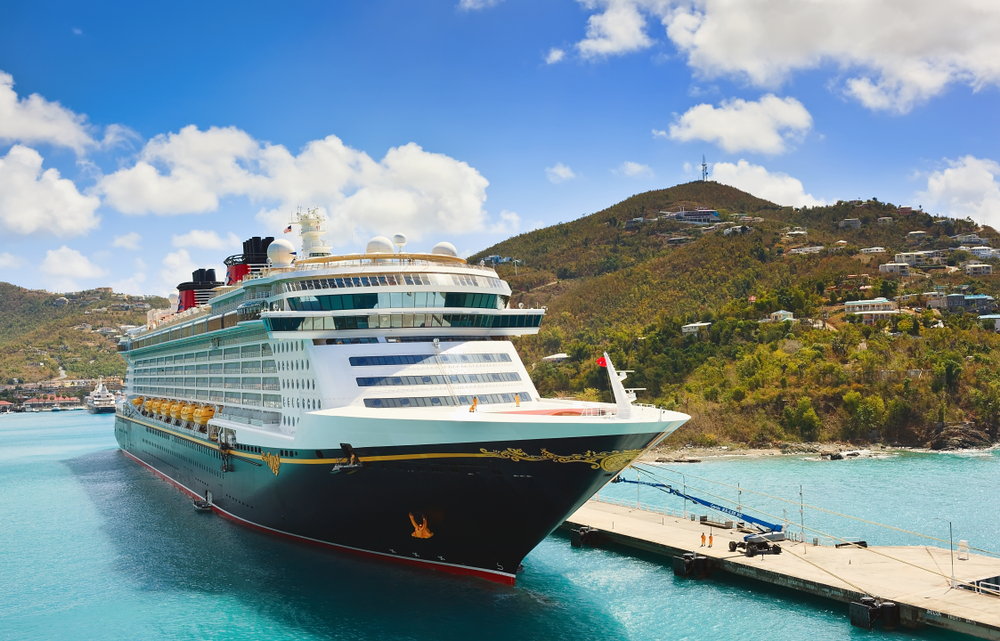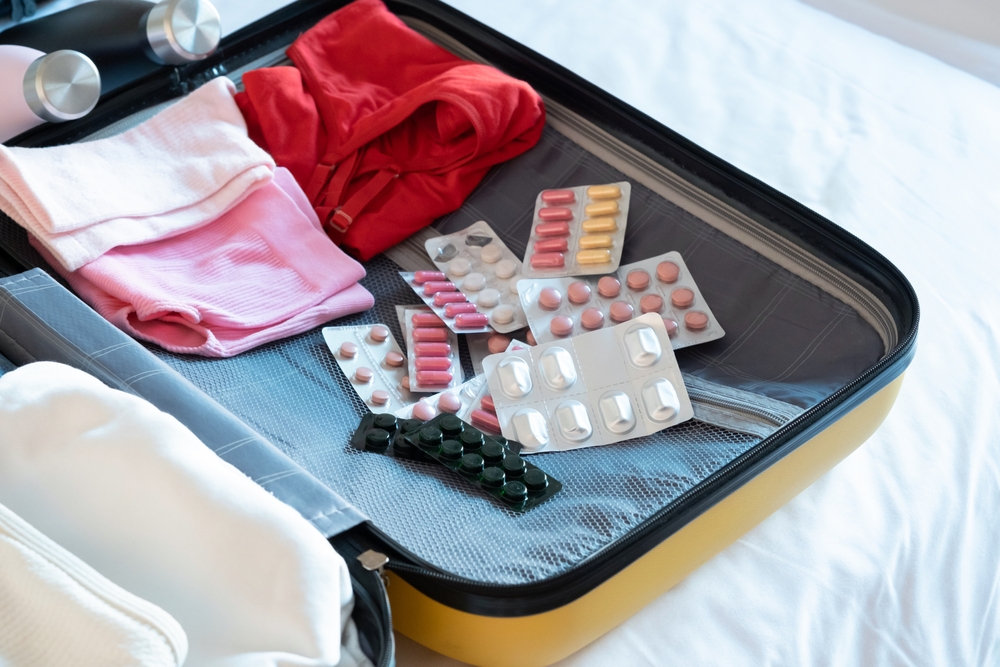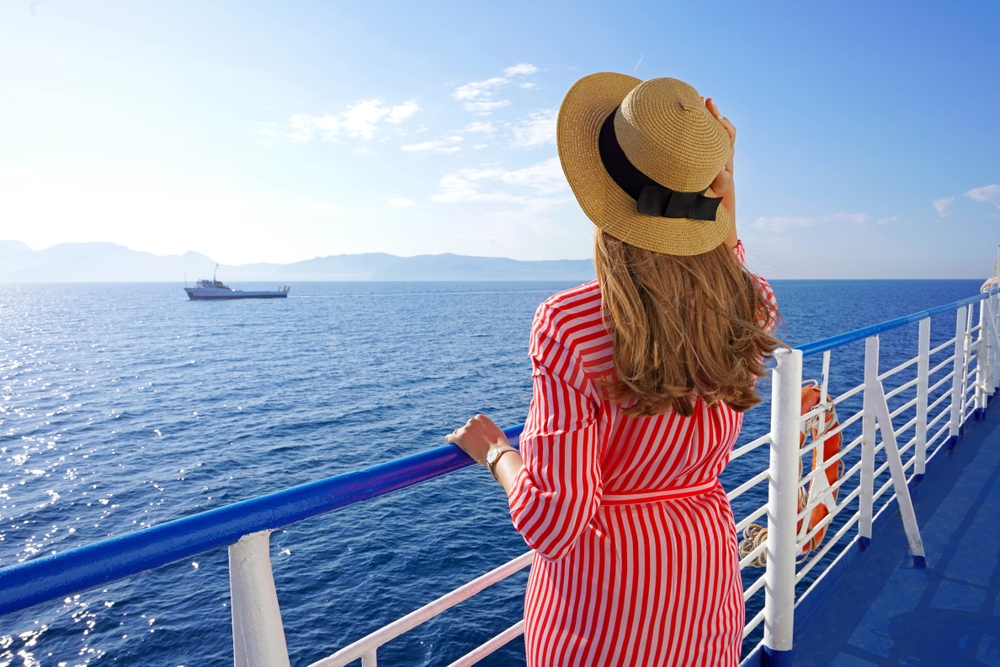
There’s nothing quite like the thrill of setting sail on a cruise—endless ocean views, fresh sea air, and the promise of adventure.
However, for some travelers, the excitement can quickly turn into discomfort due to seasickness. This common yet frustrating condition can make an otherwise dream vacation feel like a challenge.
But don’t worry! In this blog post, we’ll explore the causes of seasickness, who’s most at risk, and the best tips and tricks to help you stay comfortable at sea. So, let’s get started.
Understanding Seasickness
Seasickness is a form of motion sickness caused by sensory conflict in the brain. Your inner ear, responsible for balance, detects the ship’s movement, but if your eyes don’t see the same motion—especially if you're in an enclosed space—it creates confusion. This disconnect triggers nausea, dizziness, and other symptoms commonly associated with seasickness.
Symptoms can range from mild discomfort to severe queasiness and vomiting. The most common signs include dizziness, cold sweats, headache, fatigue, and an unsettled stomach. Some people may also feel lightheaded or experience difficulty concentrating. First-time cruisers often struggle because their bodies haven’t yet adapted to the motion of the ocean.
Those with a history of motion sickness—whether in cars, airplanes, or amusement park rides—are also more likely to feel its effects. Additionally, individuals prone to migraines, inner ear disorders, or anxiety may find that they are more sensitive to the ship’s movement.
Prevention Tips Before You Sail

Proper preparation can significantly reduce the chances of experiencing seasickness on your cruise. Taking proactive steps before you even board the ship can make all the difference in ensuring a smooth and comfortable journey.
Choose the Right Cabin & Ship Location
Not all cruise cabins are created equal when it comes to minimizing motion. If you’re prone to seasickness, selecting the right location on the ship is crucial.
Midship cabins on lower decks experience the least movement since they are closer to the ship’s center of gravity. In contrast, cabins on higher decks or near the front and back of the ship tend to feel more rocking motion.
Larger cruise ships generally provide a more stable ride due to their size and advanced stabilization systems, making them a better choice for those concerned about seasickness.
Get a Good Night’s Sleep & Stay Hydrated

Fatigue and dehydration can make you more susceptible to motion sickness. A well-rested body is better equipped to handle the physical adjustments of being at sea. Make sure to get plenty of sleep before embarkation day, and stay hydrated by drinking plenty of water.
Avoid excessive caffeine or alcohol consumption, as these can contribute to dehydration and make symptoms worse.
Eat Light and Avoid Trigger Foods
What you eat before and during your cruise can impact how your body reacts to motion. Avoid heavy, greasy, or spicy foods before setting sail, as they can contribute to nausea. Instead, opt for light, easily digestible meals such as crackers, toast, or bananas. Keeping your stomach settled with small, frequent snacks can also help prevent queasiness.
Prepare Medications & Remedies

If you’re prone to motion sickness, consider bringing medications to prevent or manage symptoms. Over-the-counter options such as Dramamine and Bonine can help, but they may cause drowsiness.
For a prescription option, Scopolamine patches—worn behind the ear—are effective in preventing seasickness and last for several days. Always consult your doctor before taking any medication to ensure it’s suitable for you.
Try Natural Remedies
For those who prefer natural approaches, ginger is a well-known remedy for nausea. Ginger chews, tea, or capsules can help settle your stomach. Acupressure wristbands, which apply pressure to specific points on your wrist, are another non-medicated option that some travelers find effective.
Managing Seasickness While Onboard

Even with the best preparations, some travelers may still experience mild seasickness once they’re on the ship. If you start to feel queasy, there are several effective strategies to help manage symptoms and regain your comfort.
Find a Stable Spot on the Ship
Your location onboard can make a big difference in how much motion you feel. If you’re feeling unwell, head to the middle of the ship or a lower deck, where movement is less noticeable. Cabins and public areas near the ship’s waterline tend to experience the least amount of rocking.
Avoid staying in the bow (front) or stern (back), as these areas tend to move the most.
Keep Your Eyes on the Horizon

One of the most effective ways to combat motion sickness is to focus on a fixed point in the distance. Looking at the horizon helps your brain reconcile the conflicting signals from your inner ear and eyes, making it easier for your body to adjust to the ship’s movement. If possible, step outside and watch the ocean to help stabilize your senses.
Stay Busy & Distracted
Dwelling on the sensation of movement can make seasickness worse. Instead of fixating on how you feel, try to stay engaged in onboard activities. Walk around, join a social event, visit the pool, or read a book. Keeping your mind occupied can help minimize symptoms. However, avoid activities that require intense focus, like staring at a screen or reading in a small, enclosed space, as these can make nausea worse.
Fresh Air & Proper Ventilation
Stuffiness and strong odors can aggravate nausea, so seek out fresh air whenever possible. Spend time on an open deck or near a window where you can get a steady breeze. If you’re indoors, avoid crowded areas with poor ventilation and choose open spaces where air circulates more freely.
Limit Alcohol & Caffeine

While it may be tempting to indulge in cocktails and coffee while cruising, both alcohol and caffeine can contribute to dehydration and worsen seasickness. Instead, stick to water, herbal teas, or electrolyte-rich drinks to keep your body hydrated and better equipped to handle motion.
What to Do if You Start Feeling Sick
Even with preparation and onboard management strategies, seasickness can still strike. If you begin feeling nauseous, taking immediate action can help prevent symptoms from worsening.
Lie Down & Keep Your Head Still
One of the quickest ways to stabilize your body is to lie down in a comfortable, stable position. Resting flat on your back with your head still can help reduce the effects of motion by limiting the movement your inner ear detects.
If possible, choose a cabin in the middle of the ship or a lounge area with minimal rocking motion. Keeping your eyes closed can also help minimize sensory conflict.
Try Deep Breathing & Relaxation Techniques

Anxiety and stress can amplify seasickness symptoms. Deep breathing exercises, such as inhaling slowly through your nose and exhaling through your mouth, can help calm your nervous system and reduce nausea.
Progressive muscle relaxation and mindfulness techniques can also be beneficial. If you're feeling particularly anxious, listening to soothing music or guided meditations can help distract your mind from the discomfort.
Use Cold Compresses
A cold compress or ice pack applied to the back of your neck, wrists, or forehead can help relieve nausea and dizziness. Cooling these areas helps regulate your body temperature and can provide a refreshing sense of relief. If you don’t have an ice pack, soaking a washcloth in cold water and placing it on your skin can have a similar effect.
Small Sips of Water or Herbal Tea

Staying hydrated is key to easing seasickness, but drinking too much at once can make nausea worse. Instead, take small sips of water or try herbal teas like ginger or peppermint, which are known for their soothing properties. Avoid carbonated drinks or anything too sugary, as these can sometimes make symptoms worse.
Manage Seasickness to Enjoy Your Cruise Vacation!
Seasickness can be an unwelcome guest on your cruise, but with the right preparation and strategies, you can minimize its impact and fully enjoy your time at sea.
Everyone reacts differently to motion, so experimenting with different techniques will help you find what works best for you. The key is to stay proactive and not let the fear of seasickness hold you back from an unforgettable cruise experience. With these tips in mind, you can set sail with confidence, embrace the adventure, and make the most of every moment on board!


